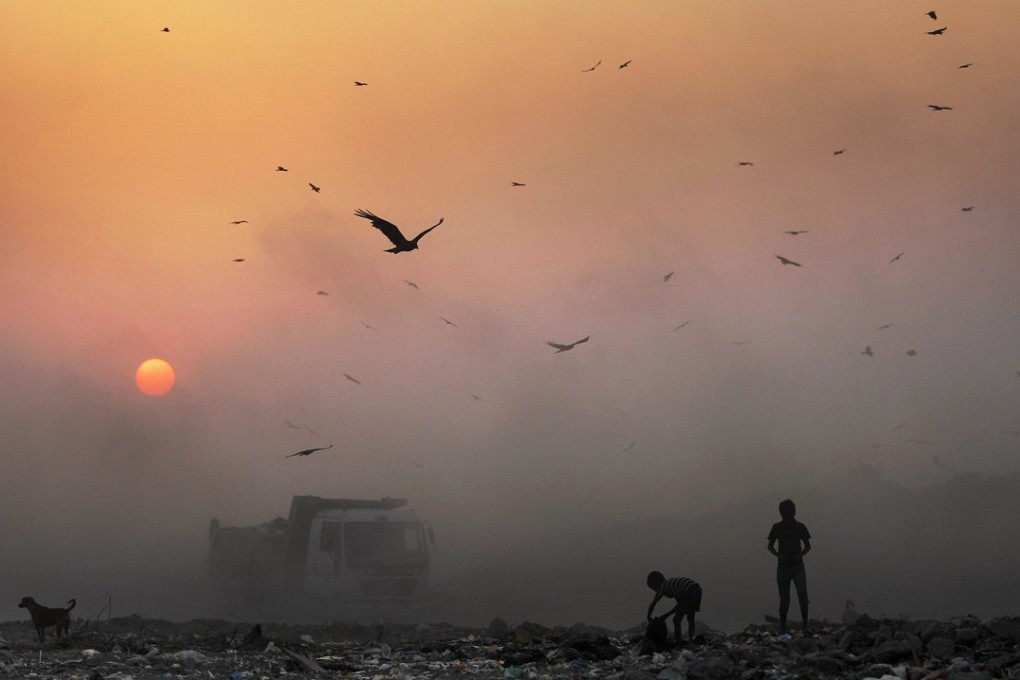To avert disaster, China and India must make fossil fuels a thing of the past
Priya Virmani says both nations’ reliance on polluting energy will only exacerbate rising carbon emissions, and without cleaner power sources, wider efforts to halt climate change will fail

At the epicentre of the climate change summit negotiations in Paris are the energy needs of India and China. Together, they have one third of the world’s population, and the majority aspire to a high-energy-consuming Western lifestyle. Both countries are hugely reliant on fossil fuels for their energy needs. Clearly, a third of the world’s population “tasting development” on the back of fossil fuel use will spell disaster for the planet.
Fairly or unfairly, the spotlight for saving our world is on India and China
On some days, air pollution in Beijing obscures buildings and leaves citizens gasping; the government has just had to issue its first red alert. In India, cars are choking city roads, and the people. Children’s playgrounds are being converted into parking lots, as greenery is exchanged for concrete.
Further afield, evidence of the pernicious impact of our high-carbon-emitting lifestyles abounds; the Pacific island republic of Kiribati is disappearing with gulps of the ocean. Alaskan villages are also being devoured.
Fairly or unfairly, the spotlight for saving our world is on India and China. How do the two square up? India’s carbon emissions stand at 6 per cent of global annual emissions. China, with marginally more people, accounts for 28 per cent of global emissions, significantly higher. And those figures are set to rise to alarming levels for both.

India has said that, after 2030, 40 per cent of its energy needs will come from clean energy – but until then, the nation will run on coal. This will make the world’s largest democracy the biggest importer of coal. By 2020 India aims to expand its production of coal to 1.5 billion tonnes. For this target to be met, a new mine would have to be opened every month for the next five years. Yet, India’s coal use does not come close to China’s; over the past 10 years, China has added new coal-fired power plants almost on a weekly basis.
